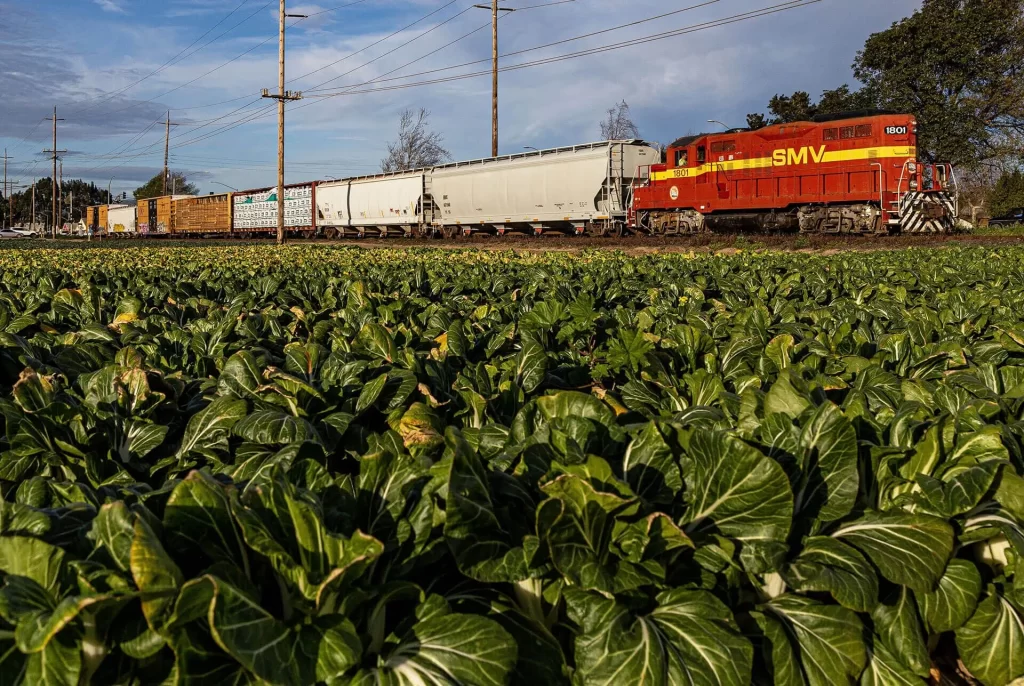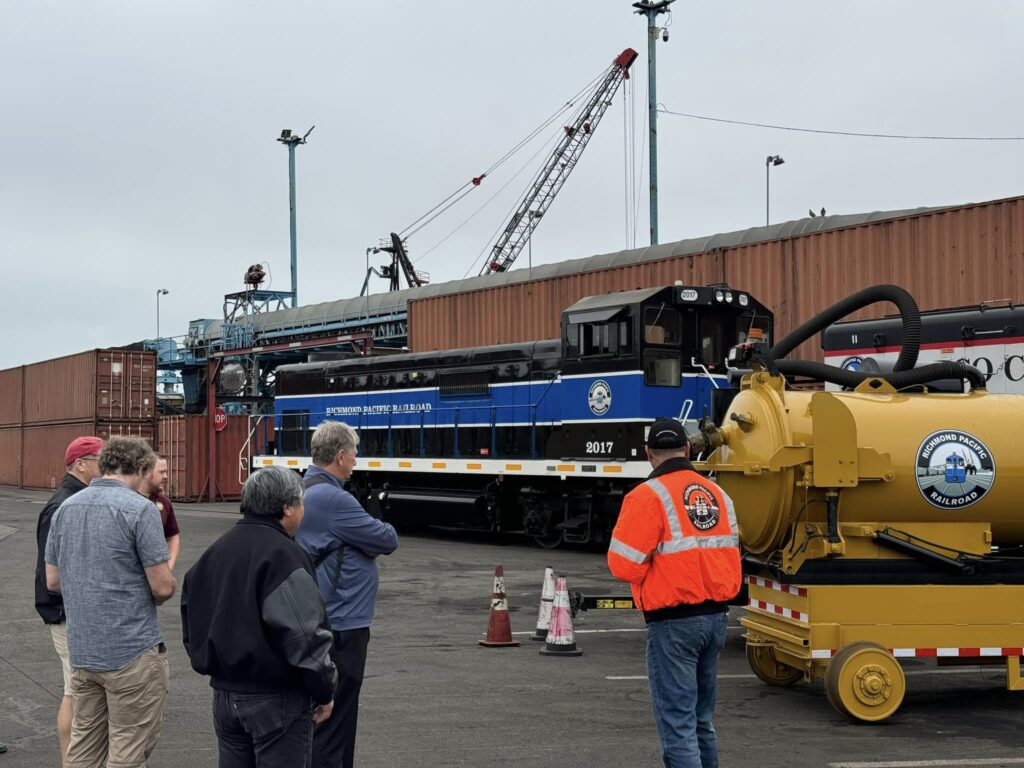
OmniTRAX, one of North America’s fastest growing privately held rail management companies, has entered into a joint venture for the Santa Maria Valley Railroad. The acquisition is a joint venture partnership with Coast Belle Rail Corporation, the local operator of the railroad since 2006. The Santa Maria Valley Railroad is located between Los Angeles and San Francisco and provides Central Coast commercial and agricultural customers a vital freight connection to coastal ports and the North American Rail Freight Network.
OmniTRAX EVP Nathan Brown said “Our agreement with Coast Belle Rail Corporation marks our first rail joint venture acquisition. As a multi-generational, privately held company, OmniTRAX has the capacity to create deal structures like this that can preserve the benefits of local involvement and knowledge.”
“The Santa Maria Railroad has been vital to the valley for decades and this new partnership adds the resources, relationships, and real estate development capacities to ensure that this century old railroad continues to serve Californians for generations to come,” said Santa Maria Valley Railroad President Rob Himoto.
Coast Belle Rail Corporation has been the local owner of the 114-year-old Santa Maria Railroad for the past two decades. The railroad’s system consists of 14.7 miles of main line track interchanging with the Union Pacific Railroad in Guadalupe that serves commercial and commodity customers in the Santa Maria Valley.
